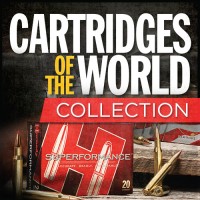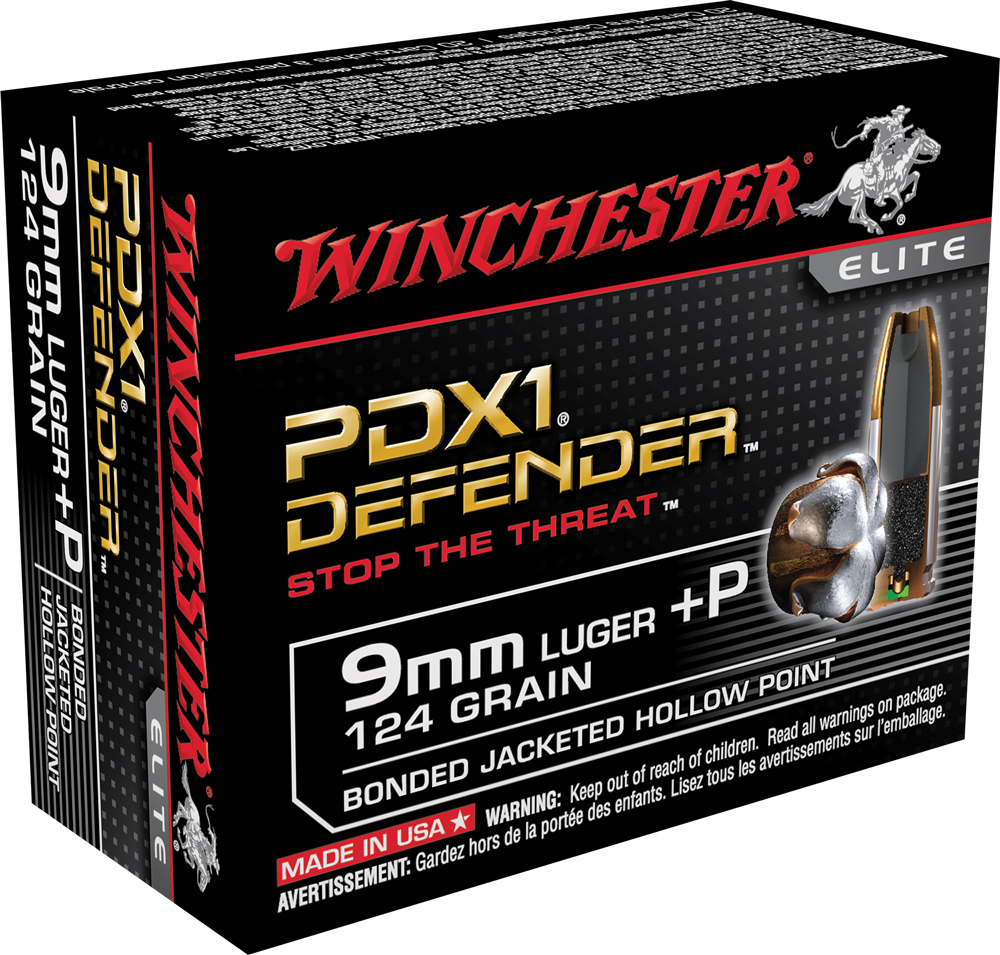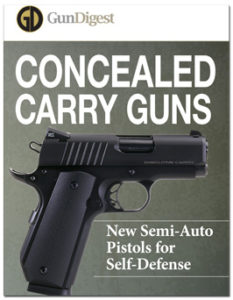Modern Gun School Special Content
Check our our incredible selection of gunsmithing and gun maintenance books, resources and tools NOW!
By Dick Jones
Why some guns can handle the pressure of +P ammunition and others cannot.
When discussing defensive handguns, a lot is said about calibers that are one-shot stoppers. The object of defensive ammunition is to stop the threat, and in most cases that means wielding a lethal blow to the assailant. But in reality, the concept of a pistol caliber that can reliably stop a bad guy with one shot is not possible under normal conditions.
A recent study of incapacitation data by the FBI Training Division states: “Shots to the central nervous system [CNS] at the level of the cervical spine [neck] or above are the only means to reliably cause immediate incapacitation. In this case, any of the calibers commonly used in law enforcement, regardless of expansion, would suffice for obvious reasons. Other than shots to the CNS, the most reliable means for affecting rapid incapacitation is by placing shots to large vital organs, thus causing rapid blood loss.”
While a single shot to the brain has instant stopping capability, shots to the head in defensive situations are rarely the best choice.
Most law enforcement officers and civilians simply don’t have the capability to make such shots reliably under the obvious stress of a life-threatening situation. As a result, ammunition for defense should be capable of penetrating sufficiently to access vital organs and generate massive blood loss. Until the 1970s, most ammunition for defensive use was the same ammunition used for target practice, training and military use.
|
None of this ammunition provided bullet expansion. No handgun ammunition for practical defense applications is capable of producing hydrostatic shock, which disrupts tissue far beyond the wound channel. Handgun calibers rely on penetration and the size of the wound channel. Expansion of the bullet helps, but there must be reliable penetration to get to those vital areas.
The energy produced by ammunition is what provides penetration and expansion. The more energy, the better the chance the projectile will penetrate and/or expand. In modern calibers like .357 SIG or .38 Super, all firearms available are of sufficiently recent manufacture to assure they can handle the pressures of modern defensive ammunition. This is not the case with rounds like .380 ACP, .45 Colt or .38 Special.
These rounds have been around for a century or more, and many of the guns chambered for them simply couldn’t handle a sizable increase in pressure. This is why .357 and .44 Magnum rounds are just slightly longer than their non-magnum counterparts. The longer case precluded their use in older guns that couldn’t handle the higher pressures.
Arguably, the first +P round was .38 Super. It’s an identical case to the old .38 Auto, but .38 Super is loaded to about 36,000 psi compared to .38 Auto at about 26,000 psi. While simply changing the name of the round worked, the ammunition manufacturers needed a designation to indicate ammunition made for modern firearms engineered to handle higher pressure, hence the development of +P and +P+ ammunition.
Also Check Out:
The amount of pressure change isn’t a standard percentage, but rather it’s based on the individual caliber and the design of the firearms available. For instance, the pressure increase for .38 Special and 9mm Luger is only about 10 percent, but the pressure increase for .45 Colt is almost double the pressure of standard ammunition.
This is because the original .45 Colt was a black powder round, and there are a lot of very old guns still capable of shooting that round. The modern guns chambered for the .45 Colt round are almost identical to guns chambered for .44 Magnum and are capable of much higher pressures without distress.
Just because a firearm is of newer manufacture doesn’t mean it’s capable of handling +P ammunition. Guns designed as such will have the +P designation indicated with the caliber. The advantages of +P are obvious, but they do come with the disadvantage of more recoil and muzzle blast.
For defensive situations, more power is better, provided you can handle it. Remember, however, that if you face a life-threatening situation, you’re not likely to feel the recoil, just like hunters don’t notice the recoil when taking game. Normal training can be done with standard ammunition, but +P defensive ammunition will give you a better chance if you find yourself in the unfortunate situation of having to use your gun to defend your life.
This article also appeared in the January 1, 2015 issue of Gun Digest the Magazine.
Recommended for You:
 Cartridges of the World Collection
Cartridges of the World Collection
Whether it's ballistics data you're after to help choose the right cartridge for the job, the Cartridges of the World Collection has everything you need. This exclusive collection includes the 14th edition of Cartridges of the World, Ammo Encyclopedia, 5th Edition, Gun Digest the Magazine special Ammo Issue and the American Standard Bullet Poster, complete with 220 life-size cartridges and 9 shotshells in full color! Learn more



 Free Download
Free Download